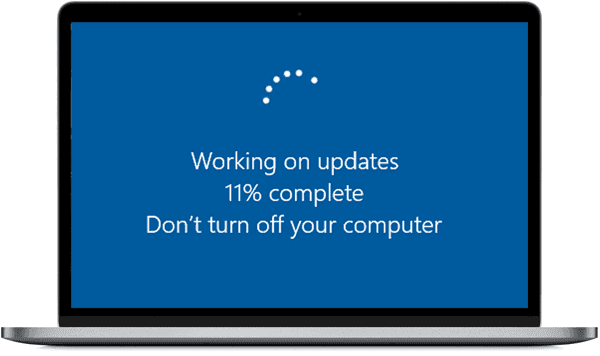Please refer to the article detailing the various Windows update types and the various monthly quality update types for more information on Windows update terminology. Browse Windows 11 build 22H2’s changelog for a complete rundown of the operating system.
Note If you want to know when new information is added to the Windows release health dashboard, you should follow @WindowsUpdate.
Highlights
We fix Windows’s security flaws so you can use it worry-free.
Improvements
Enhancements previously released in KB5017389 are incorporated into this security update as well (released September 30, 2022). Important new features in this version are:
Various OS internal functionality security issues have been addressed in this update. There were no other problems found during this release’s testing phase.
If you have already updated, this package will only update your device to the latest version.
Please see the Security Update Guide website and the October 2022 Security Updates for more details on known security flaws.
Update to the Windows 11 Support Toolset, Build 22000.378
The servicing stack, which is responsible for installing Windows updates, has been updated and is now more reliable. For your devices to be able to receive and install Microsoft updates, you need to keep your servicing stack up-to-date (SSU).
Concerns with this update
Symptom
Workaround
Provisioning packages on Windows 11 22H2 (also known as Windows 11 2022 Update) might not function as intended. There’s a chance Windows won’t be fully set up, and the Out of Box Experience might crash or restart without warning. Kits for provisioning resources are. The PPKG files aid in setting up new hardware for use in institutional networks. This problem is most likely to affect provisioning packages that are applied during initial setup. Check out Windows provisioning packages for more details on how to use provisioning packages.
The Windows Autopilot provisioning tool is unaffected by this problem.
Consumer-grade Windows computers and laptops used in the home or office are highly unlikely to be impacted.
The problem can be avoided if the Windows device is provisioned before the upgrade to Windows 11, version 22H2.
We have opened an investigation and will update you in a future statement.
Files larger than a few GB may take more time to copy than usual on Windows 11 build 22H2. The problem is most likely to occur when transferring files from a network share to Windows 11 build 22H2 using Server Message Block (SMB), but it could also occur when transferring files locally. Windows computers in typical households and offices are unlikely to be affected.
File copy tools that don’t use a cache manager (buffer I/O) can help alleviate this problem. The following command-line utilities are available for use in accomplishing this task:
Robocopy someserversomeshare c:
folder/filename.img /J
or
xcopy someserver>someshare c:
I’ve got some folder /J
We are investigating potential solutions and will update you in the near future.
The Procedure for Obtaining the New Version
Earlier than you update,
The most recent servicing stack update (SSU) for your operating system is bundled with the most recent cumulative update by Microsoft (LCU). See Servicing stack updates and Servicing stack updates (SSU): Frequently Asked Questions for an overview of SSUs.
Don’t forget to upgrade!
Method of Discharge
Available
Following This, What Should I Do?
It’s time to update to the latest version of Windows or Microsoft Update
Yes
None. All you have to do is visit Windows Update and the update will be downloaded and installed for you.
Commercial Windows Update
Yes
None. According to the set guidelines, this update will be downloaded and installed automatically from Windows Update.
Catalog of Microsoft Updates
Yes
Download the standalone update package from the Microsoft Update Catalog.
Maintenance Release for Windows Server (WSUS)
Yes
If you set up Products and Classifications like so, WSUS will automatically download and install this update for you:
Final Version: Windows 11
Updates to Security Features
Getting rid of the LCU
If you’ve installed the SSU and LCU package together and want to uninstall the LCU, you can do so by running DISM with the /Remove-Package command and passing the name of the LCU package as its argument. The package name can be retrieved with the following command: DISM /online /get-packages.
Since the SSU is already included in the combined package, attempting to uninstall it by running Windows Update Standalone Installer (wusa.exe) with the /uninstall switch will fail. Once the SSU has been installed, it is permanent.
Arrange data
Download the file information for cumulative update 5018427 for a complete list of the files that are included in this update.
Download the file information for the SSU – version 22621.378 to see what is included in the servicing stack update.

